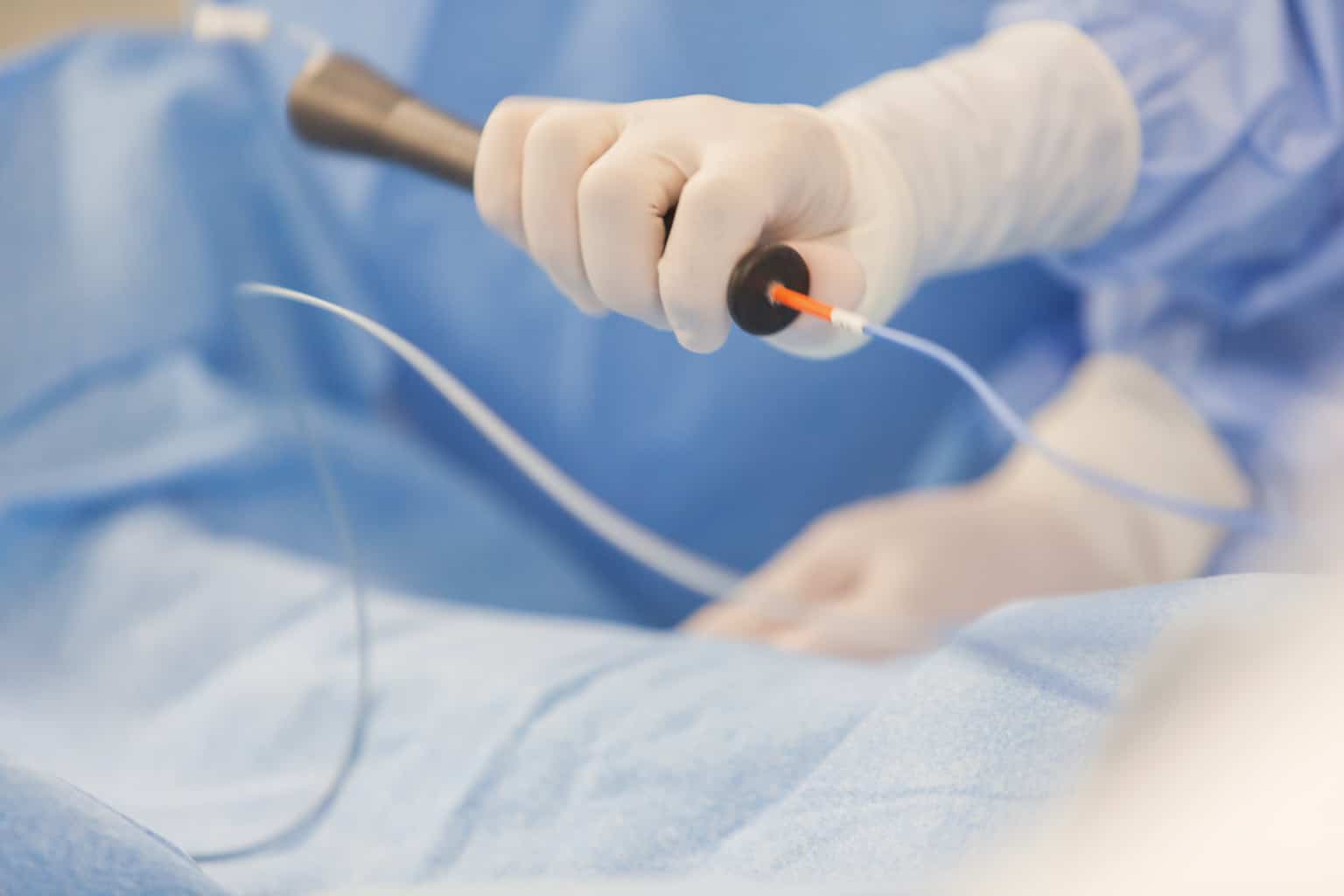
Cardiac catheterization helps with the diagnosis and treatment of various heart conditions. Recovery time can vary depending on the type of procedure and the individual patient, but most people can return to normal activities within a few days. Tomball cardiac catheterization is generally safe and has a low risk of complications, but as with any medical procedure, there is a risk of bleeding and infection.
How to prepare for cardiac catheterization
Here are some steps you can take to prepare for cardiac catheterization:
- Schedule a pre-procedure appointment with your doctor: Your doctor will give you instructions on preparing for the procedure and answer any questions you may have.
- Discuss any medications you are taking: Disclose all your medications, including over-the-counter and herbal supplements, to your doctor. You may be asked to stop taking certain medicines before the procedure.
- Fast before the procedure: You will almost certainly be instructed not to eat or drink anything for several hours before the procedure. Your doctor will tell you exactly when you should stop eating and drinking.
- Wear comfortable clothing: Wear comfortable, loose-fitting clothing to the procedure, as you will be asked to change into a hospital gown.
- Inform your doctor of any allergies: Inform your doctor of any allergies you may have, including any allergies to the contrast dye used during the procedure.
It is recommended to follow your doctor’s instructions and ask any questions you may have to ensure a smooth and safe procedure.
What happens during cardiac catheterization
A catheter is inserted into a vein or artery and then guided to the heart during cardiac catheterization. The procedure is usually done in a hospital in the catheterization or cardiac catheterization lab. The procedure is usually performed while the patient is awake, but sedatives may be administered to help the patient relax.
The procedure usually begins with administering a local anesthetic to numb the catheter’s insertion area. A small incision is then made in the skin, and the catheter is inserted through the incision and guided to the heart using X-ray imaging.
Once the catheter is in place, various diagnostic tests can be performed, such as measuring blood flow and pressure in the heart and checking for blockages in the coronary arteries.
Reasons your doctor may request cardiac catheterization
There are several reasons your doctor may order a cardiac catheterization. These include:
- Coronary artery disease: Cardiac catheterization is often used to diagnose and treat coronary artery disease (CAD), which occurs when the coronary arteries become narrowed or blocked.
- Heart valve problems: It can also be used to evaluate and treat problems with the heart valves, such as stenosis or regurgitation.
- Heart rhythm disorders: The procedure can also be used to diagnose and treat heart rhythm disorders (arrhythmias) by using special catheters to ablate the small areas of heart tissue that are causing the arrhythmia
- Congenital heart defects: Cardiac catheterization can be used to diagnose and treat congenital heart defects, which are present at birth.
- Pulmonary hypertension: The procedure can also be used to diagnose and evaluate the high blood pressure in the lungs.
Talk to your doctor at Cardiovascular Institute, P.A., to learn about cardiac catheterization.
